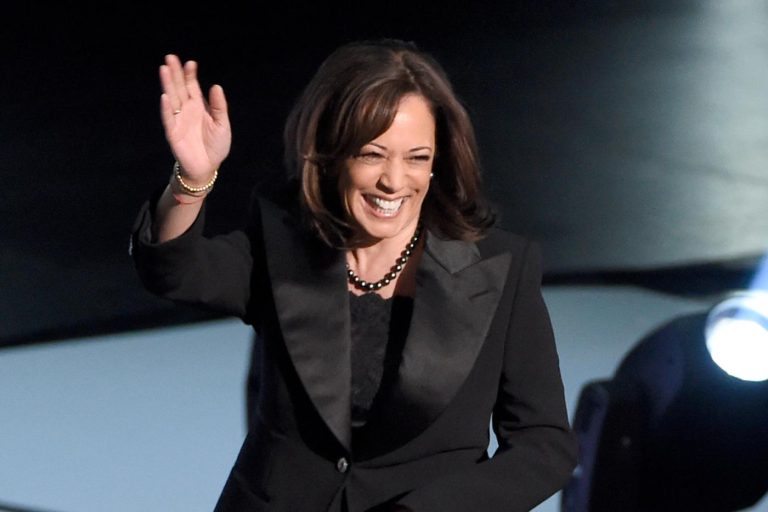By Rosalie Murphy | NerdWallet
Rising costs tighten margins for business owners. And to make up for that increased pressure, businesses usually have to raise prices — which, when it’s done month after month, can start to wear on customers.
Customers are facing “price increase fatigue,” says Kirk Jackisch, president of consulting firm Iris Pricing Solutions. “They’re done. They can’t take it anymore — just across-the-board price increases. So you have to look at more surgical solutions.”
Targeting price increases carefully and communicating them clearly can help ease the pain customers feel, Jackisch says. Here’s how you can go about it — and what you need to avoid as legislators across the U.S. focus on fees and surcharges.
Balance price increases with new deals
Matthew Heaggans is co-owner of Preston’s: A Burger Joint, a restaurant in Columbus, Ohio. When sambal, an ingredient they used in a signature sauce, more than doubled in price, Preston’s began buying chili peppers to make their own — but then those tripled in price, too.
In light of such rising costs, Heaggans says Preston’s raised prices by about 7% on average. But that doesn’t mean they’ve raised every price by 7%.
For example, while a burger might be more expensive than it used to be, sides are now cheaper when you buy them as part of a combo.
“People are driven very significantly in our market by price,” Heaggans says, so it’s essential that Preston’s keeps prices competitive.
If you’re concerned about the long-term impact of price increases, you can opt to adjust them temporarily to account for cost shocks. For example, as egg prices spiked in 2023, some restaurants temporarily increased the prices of dishes containing eggs. Shipping companies have long adjusted their fuel surcharges as gas prices rise and fall.
Fortunately, for all of the “agonizing” he put into price changes, Heaggans says customers didn’t mind.
“My constant plea to consumers is that if you really, really like a thing, you should support it or it’s going to go away,” Heaggans says.
Don’t inflate your fees to avoid raising sticker prices
Customers often feel duped by last-minute or opaque fees — and regulators are taking aim at them, too.
At the federal level, the Biden administration has announced plans to crack down on junk fees on everything from event ticketing to college textbooks. And as of July 1, California has banned “drip pricing,” or advertising a price that doesn’t include mandatory additional fees and surcharges.
California’s law is designed to target last-minute, high-cost service fees on products and services like concert tickets and hotel rooms, says David W. Wright, an attorney at Pillsbury Winthrop Shaw Pittman LLP in Los Angeles.
The law is “not necessarily preventing businesses from trying to recoup those costs, but instead trying to make it so that businesses disclose those costs up front so consumers know what they’re getting themselves into,” Wright says.
Under California’s rule, handling fees have to be listed as part of the advertised price. “Reasonable” shipping fees and taxes, however, do not.
“The safest way to protect yourself is to include all prices” within the sticker price, Wright says.
Other states limit pricing practices in additional ways. For instance, some companies pass credit card charges onto customers to offset their payment processing costs. But several states restrict the practice. For example, New York requires you to include these fees in the posted price but allows you to charge a lower price for customers paying cash. And Colorado caps credit card surcharges at 2%.
Offer customers fee-free alternatives when possible
Jackisch also recommends increasing prices in ways that focus on the customers who cost the most to serve — like those that request rush jobs or ask for last-minute changes.
For example, if your company typically delivers orders in four weeks and a customer requests a two-week turnaround, you might apply a rush charge. After all, your business will have to absorb the costs of disrupting your normal operations to meet that customer’s needs.
Most customers see fees tacked onto their bills as “punitive,” Jackisch says. The key is to make sure there’s a way to avoid those fees and explain what it is.
The fee-free alternative in this case? For the customer to wait the typical four weeks.
Salespeople should be able to explain that when it comes to customer requests, “we’re happy to do it. But just recognize that there’s a cost to us, and we’re passing some of that along to you,” Jackisch says. “That communicates the value and the fairness of the fee.”
More From NerdWallet
Small-Business Lenders Share an Inside Look at the Loan Process
New Businesses Surge but May Be Tested This Year
Getting Ready to Retire? 3 Options for Your Business
Rosalie Murphy writes for NerdWallet. Email: rmurphy@nerdwallet.com.
The article How to Increase Prices Without Losing Customers originally appeared on NerdWallet.












